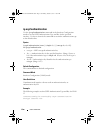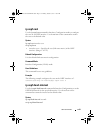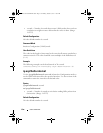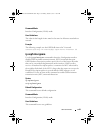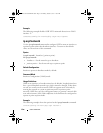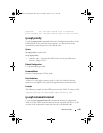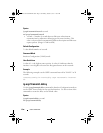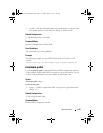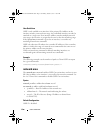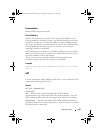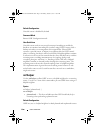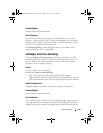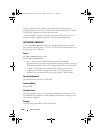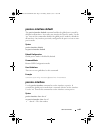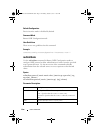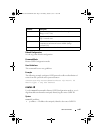
1138 OSPF Commands
User Guidelines
OSPF is only enabled on an interface if the primary IPv4 address on the
interface matches a network area range. Any individual interface can only be
attached to a single area. If an interface address matches multiple network
area ranges, the interface is assigned to the area for the first matching range.
If the ip ospf area command is given for an interface, it overrides any
matching network area command.
OSPF only advertises IP subnets for secondary IP addresses if the secondary
address is within the range of a network area command for the same area as
the primary address on the same interface.
When a network area command is deleted, matching interfaces are
reevaluated against all remaining network area commands.
Example
The following example sets the number of paths at 2 that OSPF can report
for a given destination.
console(config-router)#maximum-paths 2
network area
The network area command enables OSPFv2 on an interface and sets its area
ID if the ip-address of an interface is covered by this network command. Use
the “no” form of this command to disable OSPFv2 on an interface.
Syntax
network
ip-address wildcard-mask
area
area-id
no network
ip-address wildcard-mask
area
area-id
•
ip-address
— Base IPv4 address of the network area.
•
wildcard-mask
— The network mask indicating the subnet.
•
area-id
— The ID of the area (Range: IP address or decimal from
0–4294967295).
Default Configuration
OSPFv2 is disabled
2CSPC4.XCT-SWUM2XX1.book Page 1138 Monday, October 3, 2011 11:05 AM



